In the world of automotive marketing, companies often rely on flashy stunts and bold promises to grab attention and generate buzz. However, not all of these campaigns live up to the hype. From over-the-top features to gimmicky promotions, some stunts end up falling flat, leaving consumers disappointed. In this list, we take a look at 25 automotive marketing stunts that failed to deliver on their promises.
Contents
Ford Edsel (1957-1959)

Marketed as “the car of the future,” the Ford Edsel promised groundbreaking design and advanced features. However, its unusual styling, including the infamous horse-collar grille, alienated potential buyers. Coupled with poor timing during a recession and high expectations, the Edsel became one of the biggest flops in automotive history, losing Ford millions.
DeLorean DMC-12 (1981-1983)

Known for its futuristic stainless-steel body and gullwing doors, the DeLorean DMC-12 was heavily marketed as a sleek, high-performance sports car. However, its underpowered engine, quality control issues, and high price tag overshadowed its design. The car failed to meet the hype, and DeLorean’s legal troubles further sealed its fate.
Pontiac Aztek (2001-2005)
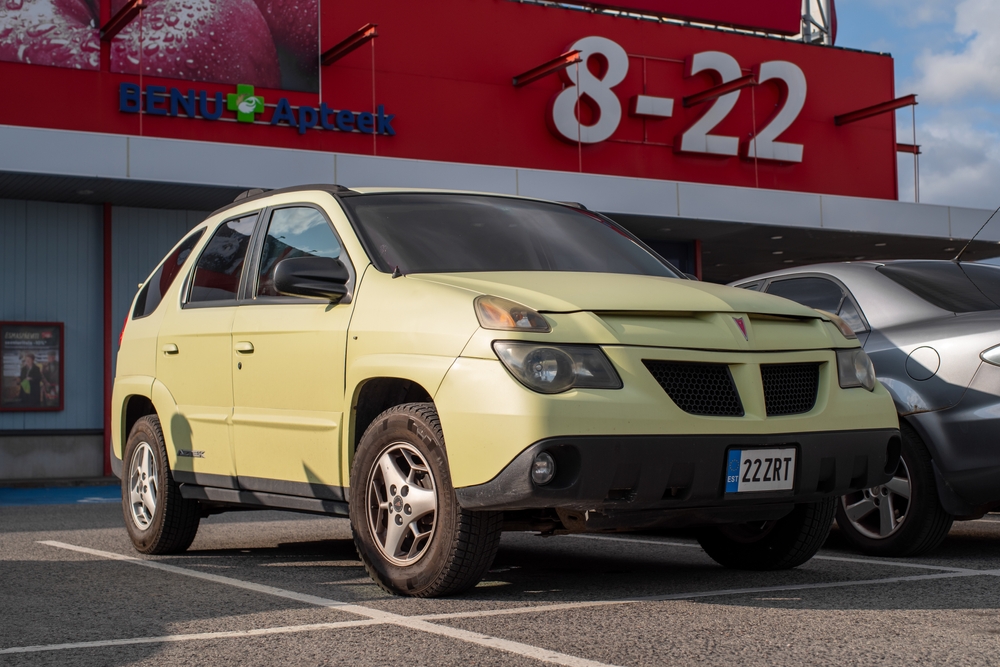
Billed as a versatile lifestyle vehicle, the Pontiac Aztek was designed to appeal to younger, active consumers. However, its odd, clunky design turned off buyers. Despite features like built-in tents and a cooler, the Aztek’s aesthetic misstep made it one of the most ridiculed vehicles in automotive history.
Renault Le Car (1976-1983)

Marketed as a trendy, fuel-efficient compact car, Renault’s Le Car struggled to win over U.S. buyers. Its small size, underwhelming performance, and quirky French design did not translate well in the American market, leading to lackluster sales.
Cadillac Cimarron (1982-1988)

The Cadillac Cimarron was supposed to be a luxury compact car but was essentially a rebadged Chevy Cavalier. It lacked the premium feel expected from Cadillac and was overpriced for what it offered. Consumers saw through the gimmick, leading to poor sales and a tarnished reputation for the brand.
Honda Element (2003-2011)

The Honda Element was marketed as a fun, boxy SUV for young, adventurous buyers, featuring washable floors and a unique design. However, its clunky styling and niche appeal limited its audience. While practical in some aspects, it didn’t resonate with the wide market Honda had hoped for.
Chrysler TC by Maserati (1989-1991)

This luxury sports car, a collaboration between Chrysler and Maserati, was intended to be a high-end offering. However, it lacked the performance associated with the Maserati name and shared too many parts with lower-end Chrysler models. The lack of distinction made it a commercial failure.
Hummer H2 (2003-2009)
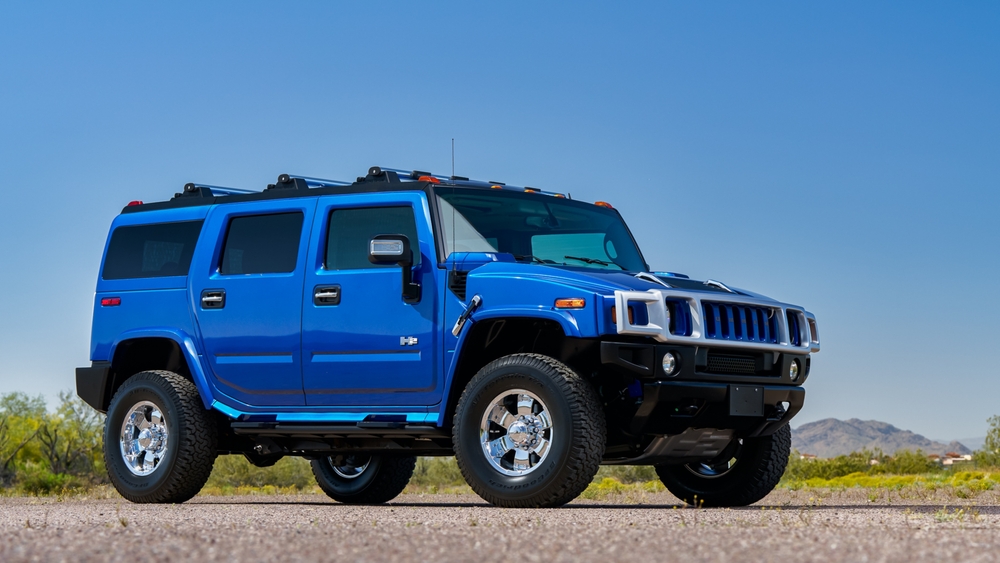
The Hummer H2 was marketed as a symbol of power, luxury, and military-inspired ruggedness. However, its poor fuel efficiency, excessive size, and high price clashed with rising fuel costs and environmental concerns. Despite its initial popularity, these factors led to its decline.
Tesla Cybertruck (Unreleased)

The Tesla Cybertruck generated massive buzz due to its futuristic, angular design and ambitious claims about performance and durability. However, repeated delays, the controversial look, and skepticism about its production have dampened initial excitement. Whether it will eventually meet expectations remains to be seen.
BMW i3 (2013-2021)

BMW’s i3 was marketed as the future of urban mobility, boasting an electric powertrain and eco-friendly materials. However, its limited range and high price tag didn’t appeal to mainstream consumers. While praised for innovation, its practical limitations resulted in modest sales.
Volkswagen New Beetle (1997-2011)

The Volkswagen New Beetle was marketed heavily on nostalgia, bringing back the classic Beetle design with modern updates. However, while it initially sold well, its appeal quickly faded as competitors offered more practical and stylish alternatives. The novelty wore off, and sales dwindled.
Smart Fortwo (1998-2019)
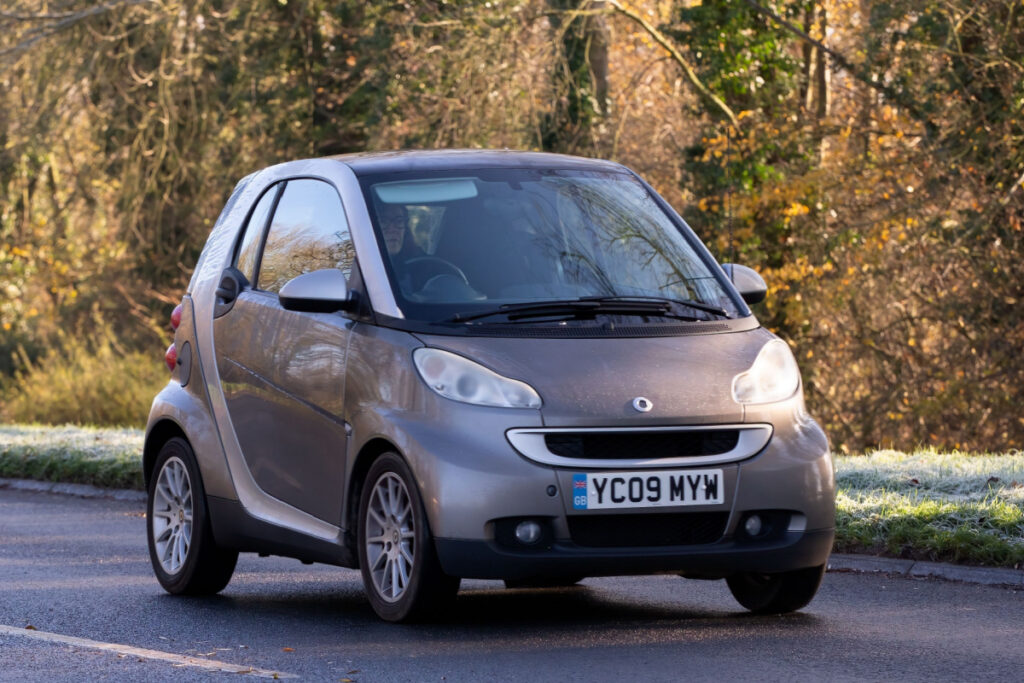
Marketed as the ultimate city car, the Smart Fortwo’s compact size promised easy parking and fuel efficiency. However, it suffered from cramped interiors, underwhelming performance, and safety concerns, which kept it from gaining widespread acceptance despite its niche appeal.
Chevrolet Volt (2010-2019)
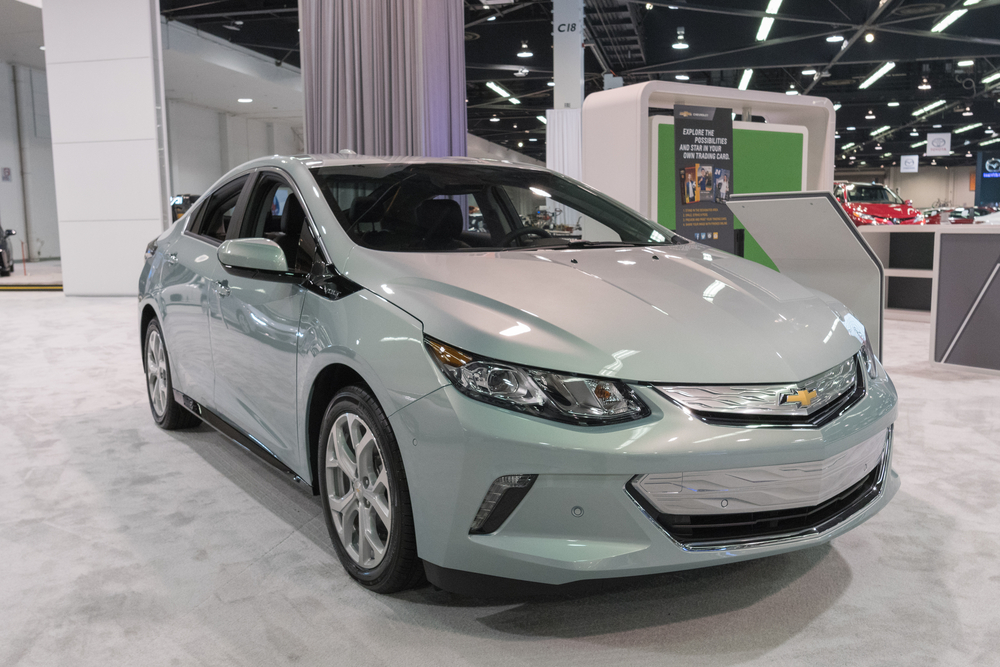
The Chevrolet Volt was introduced as a revolutionary plug-in hybrid, but it struggled to gain traction in the mainstream market. Despite its innovative technology, consumers were put off by its high price and limited electric range, especially as other electric vehicles improved.
Lincoln Blackwood (2002)

Lincoln’s attempt at a luxury pickup truck, the Blackwood, was a commercial failure. Marketed to high-end buyers, it lacked basic pickup truck functionality like four-wheel drive or a proper bed. It failed to appeal to truck buyers or luxury car enthusiasts, resulting in a single-year production.
Chevrolet SSR (2003-2006)

The Chevrolet SSR was marketed as a retro-modern sports truck, with a retractable hardtop and a bold design. However, its awkward mix of a pickup and convertible, coupled with mediocre performance and a high price, turned off potential buyers. It never found its niche.
Ford Thunderbird (2002-2005)

Ford reintroduced the Thunderbird with a nostalgic design meant to capitalize on its classic heritage. While it initially caught attention, the car’s mediocre performance and hefty price didn’t match its retro charm. Sales plummeted after the initial buzz faded.
BMW 5 Series GT (2009-2017)

The BMW 5 Series GT was marketed as a blend between a sedan and an SUV, but its awkward proportions and niche concept confused consumers. Its high price and unclear target market resulted in weak sales, and BMW eventually discontinued the model.
Nissan Murano CrossCabriolet (2011-2014)
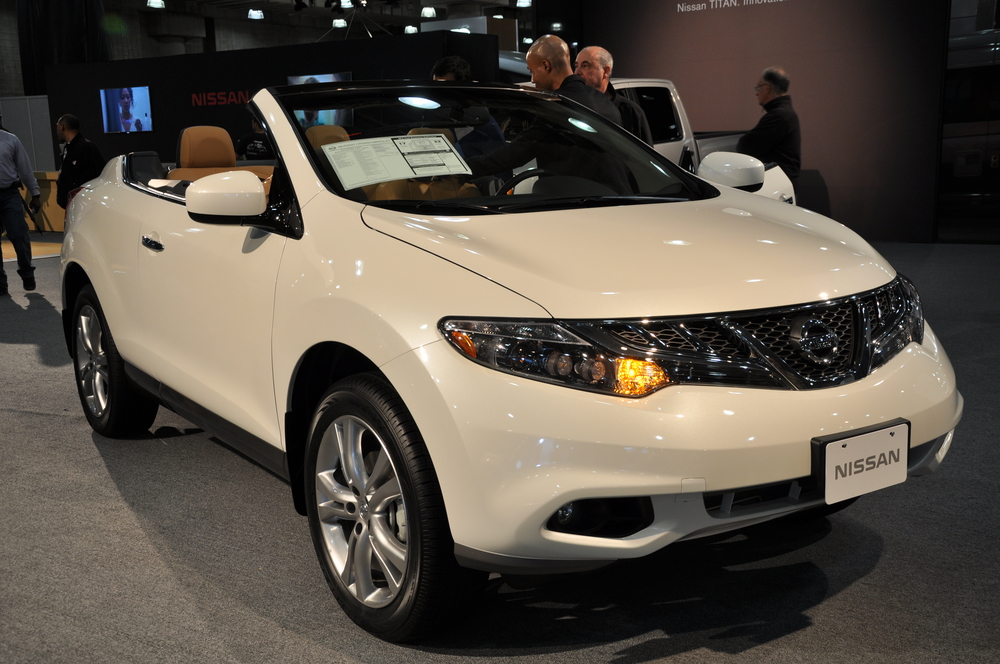
The idea of a convertible SUV was an odd one from the start, and Nissan’s Murano CrossCabriolet failed to find a market. It combined the impracticality of a convertible with the bulk of an SUV, leading to poor sales and a short production run.
Mazda RX-8 (2003-2012)

Mazda’s RX-8 featured a unique rotary engine and sporty design, but it suffered from poor reliability and fuel economy. Additionally, the rotary engine required special maintenance, which deterred many buyers. Despite some enthusiasts, it failed to achieve mainstream success.
Saab 9-4X (2011-2012)

Saab’s 9-4X was introduced as a premium crossover, but its launch came too late to save the struggling brand. Saab declared bankruptcy shortly after, and the 9-4X never had a chance to make a meaningful impact in the market.
Ford Flex (2009-2019)

Ford marketed the Flex as a stylish, retro-inspired crossover, but its boxy design didn’t appeal to mainstream SUV buyers. While it had some loyal fans, it never achieved the sales Ford had hoped for, leading to its discontinuation.
Chrysler PT Cruiser (2000-2010)

Initially a hit with its retro styling, the PT Cruiser quickly wore out its welcome. Its underwhelming performance and dated design failed to maintain long-term appeal. What started as a fun throwback eventually became seen as gimmicky.
Hyundai Veloster (2011-present)

The Hyundai Veloster’s unusual three-door design and quirky styling were meant to attract younger buyers. However, the unconventional layout and less-than-stellar performance limited its appeal to a niche market, preventing it from achieving widespread success.
Jaguar X-Type (2001-2009)

Jaguar’s attempt at an entry-level luxury car, the X-Type, was criticized for being bland and lacking the flair expected from the brand. Built on a Ford platform, it failed to live up to Jaguar’s reputation for luxury and performance, leading to poor sales.
Toyota Mirai (2014-present)

The Toyota Mirai, a hydrogen fuel cell vehicle, was marketed as the future of green driving. However, the lack of hydrogen refueling infrastructure severely limited its adoption. Despite its innovative technology, practical limitations kept it from gaining widespread traction.
This article originally appeared in MyCarMakesNoise.
More from MyCarMakesNoise
15 Car Launches from the 2000s That Flopped Hard

The 2000s witnessed a surge of innovation and fierce competition in the automotive industry. Manufacturers introduced cutting-edge technologies and bold designs, aiming to capture the market’s attention. Read More
15 Luxurious SUVs That Deliver on Comfort and Class

In the realm of automotive excellence, luxury SUVs stand as the epitome of comfort and sophistication. These vehicles seamlessly blend high-performance capabilities with opulent interiors, creating an unmatched driving experience. Read More
10 Public Transit Systems That Were Shut Down and Forgotten

Public transportation systems have long been the lifeblood of bustling urban centers, providing essential connectivity and fostering economic growth. However, as cities evolved and new technologies emerged, many once-thriving transit systems fell into disuse. Read More














